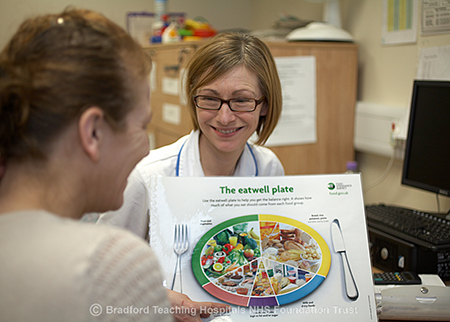One single system - wrapping care around the patient
We believe that the best way to achieve our ambitions is to transform services so that cancer care, treatment and support is wrapped around each individual patient throughout their entire cancer journey - from awaiting diagnosis, to treatment options, to discharge where appropriate, end of life care where needed, living with and beyond cancer.
We are committed to breaking down the organisational boundaries which are irrelevant to those affected by cancer. Our Alliance comprises organisations responsible for commissioning and providing NHS services; local councils and other agencies who commission and provide social care and public health; national, regional and local charities; individual patients and patient groups. Together we WILL make a difference.
As an Alliance, our success depends on the delivery of strong and ambitious cancer plans in the six local places; mutual support to deliver the best possible outcomes for patients, with support, facilitation and advice from the Alliance core team, including the sharing of good practice where implementation is best driven at West Yorkshire and Harrogate level.
Watch our short film from the second Alliance stakeholder event and hear about how our work is gaining momentum.
What are the specific challenges we face in West Yorkshire and Harrogate?
Every week, 250 people in West Yorkshire and Harrogate are diagnosed with cancer and 115 people will lose their fight each week.
The Cancer Alliance has set out an ambitious programme of work to deal with the particular context and challenges across the area and to deliver significant improvements in outcomes and experience for local people affected by cancer. Those challenges include:
- A higher incidence and mortality from cancer compared to the England average, with lung cancer the most common
- Significant variations between the best and the worst across the area
- Some of the highest levels of deprivation and lifestyle risks associated with the development of cancer
- A heterogeneous population with 17 per cent of residents from black and ethnic minority communities
- One-year survival rates below those of the England average (69.7% compared to 70.2%)
- The number of cancers diagnosed at curative stage (1 and 2) is currently 39%. It is estimated that if best local rates in England were achieved for lung and colorectal cancer alone in West Yorkshire and Harrogate, an additional 156 people would survive at least one year.
- Screening uptake is poor. Nine of the 11 Clinical Commissioning Group areas across the area have lower than national average uptake for breast cancer screening, four of the 11 for colorectal cancer screening.
How does our work fit alongside other health and care partnership working in West Yorkshire and Harrogate?
Our boundary is co-terminous with that of the West Yorkshire Health and Care Partnership, which has adopted the Alliance for the delivery of its priority work programme around cancer. Working together, we are committed to:-

Preventing cancer wherever possible and reducing the 40% of cancers which are caused by behavioural, environmental and lifestyle factors, with a particular focus on tobacco control
Making more cancers curable by improving the speed at which patients receive their diagnosis. Supporting people to understand and act upon early signs and symptoms of cancer
Promoting access to screening programmes for cancers
Ensuring that the experience of individual patients is taken as seriously as the effectiveness of their clinical care and treatment
Supporting people to live as full and active a life as possible with and beyond their cancer diagnosis
Investing in modern and high quality services
More specifically, our programme ambitions can be summarised as follows:
- Reducing the number of adult smokers in our area by 125,000, from 20% of the population to 13%
- Saving around 700 lives a year by increasing one-year survival rates from 69.7% to 75%
- increase the number of cancers diagnosed at stages 1 and 2 from 40% to 62%, increasing chances of patient survival
- Increase the number of patients formally invited to feedback or be involved in service improvement
- Put in place measures to ensure existing and new cancer waiting time standards are met
- Make the Cancer Recovery Package available to all cancer patients and develop the use of stratified follow-up and supported self care
- Deliver lower treatment costs as a result of earlier diagnosis of up to £12million








